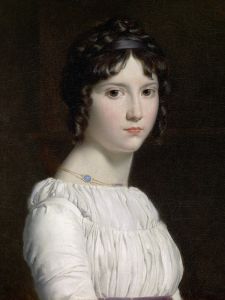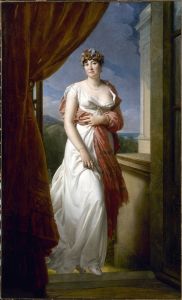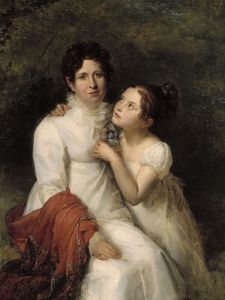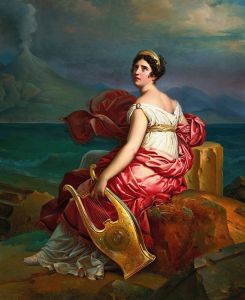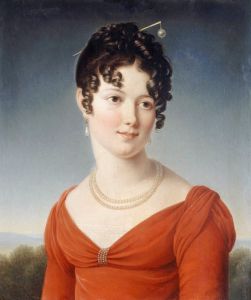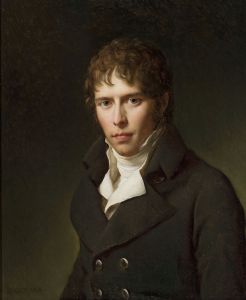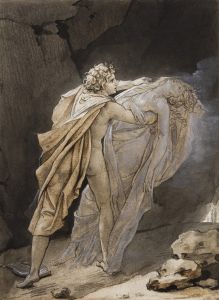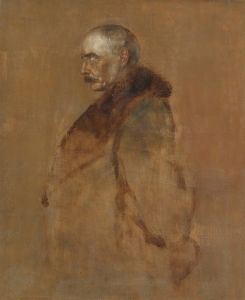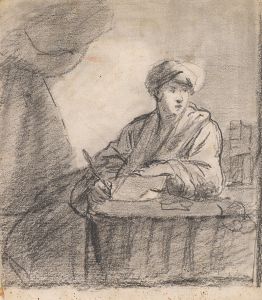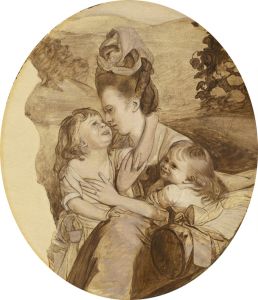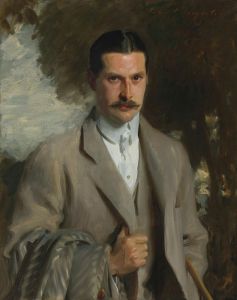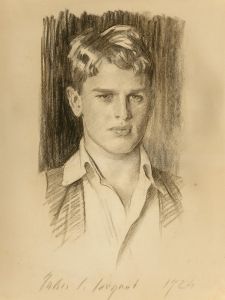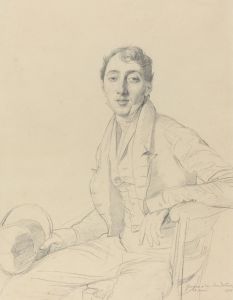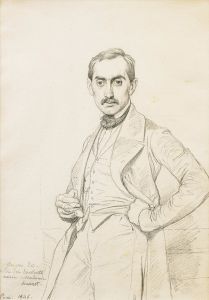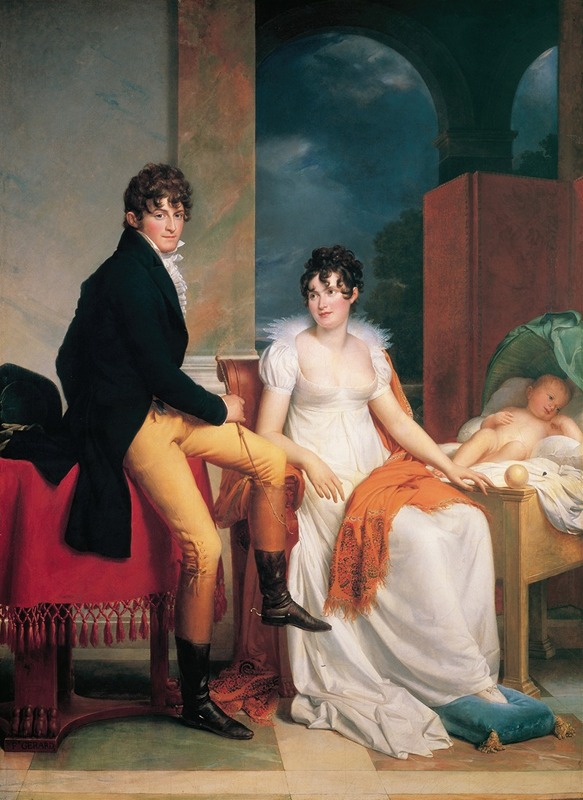
Moritz Christian Reichsgraf von Fries with his wife Maria Theresia Josepha and the son Moritz,1805
A hand-painted replica of François Gérard’s masterpiece Moritz Christian Reichsgraf von Fries with his wife Maria Theresia Josepha and the son Moritz,1805, meticulously crafted by professional artists to capture the true essence of the original. Each piece is created with museum-quality canvas and rare mineral pigments, carefully painted by experienced artists with delicate brushstrokes and rich, layered colors to perfectly recreate the texture of the original artwork. Unlike machine-printed reproductions, this hand-painted version brings the painting to life, infused with the artist’s emotions and skill in every stroke. Whether for personal collection or home decoration, it instantly elevates the artistic atmosphere of any space.
François Gérard's painting Moritz Christian Reichsgraf von Fries with his wife Maria Theresia Josepha and the son Moritz, 1805 is a notable example of early 19th-century portraiture. Gérard, a prominent French painter of the Neoclassical and Romantic periods, was renowned for his ability to capture the elegance and social status of his subjects. This particular work depicts Moritz Christian Reichsgraf von Fries, a wealthy Austrian banker and art collector, alongside his wife, Maria Theresia Josepha, and their son, Moritz.
Moritz Christian Reichsgraf von Fries (1777–1826) was a member of the Fries family, one of the most influential banking dynasties in Austria during the late 18th and early 19th centuries. The family was known for its immense wealth and patronage of the arts. Moritz himself was an avid art collector and supporter of artists, amassing a significant collection of paintings, sculptures, and other works. His financial and cultural influence made him a prominent figure in Viennese society.
The painting, completed in 1805, reflects Gérard's mastery of composition and attention to detail. Gérard was a favored portraitist among European aristocracy and royalty, and his works often emphasized the refinement and sophistication of his subjects. In this portrait, the Fries family is depicted in an intimate yet formal setting, showcasing their wealth and status. The clothing and posture of the figures are characteristic of the Neoclassical style, which was popular during this period.
Maria Theresia Josepha, the wife of Moritz Christian, is portrayed with grace and dignity, reflecting her role as a member of the aristocracy. Their young son, Moritz, is included in the composition, symbolizing the continuity of the family lineage. The inclusion of the child also adds a sense of warmth and familial connection to the otherwise formal portrait.
The painting is significant not only as a work of art but also as a historical document that provides insight into the social and cultural dynamics of early 19th-century Europe. It captures the intersection of wealth, art, and family life during a period of significant political and social change.
Today, the painting is recognized as an important example of Gérard's work and remains a testament to the artistic and cultural achievements of the era. However, specific details about the current location or ownership of the painting are not widely documented.





